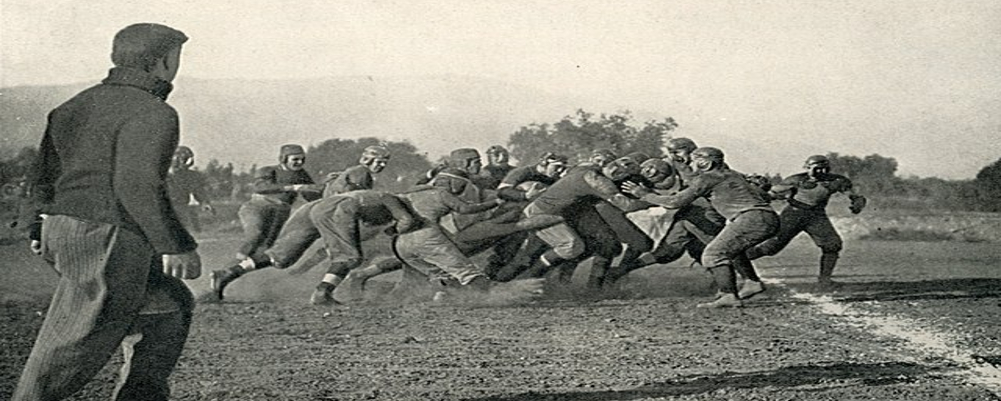Duncan's fantastic career took him to national attention when, after sitting behind starter Kenny Ploen in 1956, who led the Hawkeyes to the Big 10 Championship and a Rose Bowl victory, Duncan was Iowa's starting quarterback in 1957 and 1958
College Career:
Duncan's path at the University of Iowa began with challenges. Initially, he faced frustration under Coach Forest Evashevski and even considered transferring. However, he persevered, securing the backup quarterback position behind Kenny Ploen in 1956. That season, Iowa won the Big Ten Championship and the Rose Bowl, with Duncan contributing in crucial moments, notably leading a comeback win against Oregon State.
In 1957, Duncan became the starting quarterback, displaying his exceptional skills. He led Iowa to a 7-1-1 record and earned All-Big Ten honors. 1958 marked his pinnacle year. He guided the Hawkeyes to a 15-2-2 record over the 1957 and 1958 seasons, another Big Ten title, and a decisive 38-12 victory over California in the Rose Bowl. That year, he led the nation in passing yardage and completion percentage, shared the lead in touchdown passes, and was a unanimous All-American. He received the Helms Foundation and Walter Camp Foundation Player of the Year awards, and was the Big Ten MVP. His incredible performance earned him runner-up in the Heisman Trophy voting to Pete Dawkins.
Road to the Pro Game:
Duncan was the first overall pick in the 1959 NFL Draft by the Green Bay Packers. However, he opted to play in the Canadian Football League with the British Columbia Lions, citing a more lucrative contract. After two challenging seasons in Canada, he returned to the United States and joined the Dallas Texans (later the Kansas City Chiefs) of the American Football League. While with the Texans, he also attended law school at Southern Methodist University. His playing time was limited, and he retired from football after the Texans acquired Len Dawson.
Football Legacy:
Randy Duncan's college legacy is defined by his exceptional quarterbacking skills and his leadership in Iowa's golden era of football. He transformed Iowa's offense, setting records and earning numerous accolades. His 1958 season stands as one of the most remarkable in Hawkeye history. His ability to overcome early adversity and achieve such remarkable success makes him a true icon of Iowa football.
Accolades, Awards, and Career Stats:
✦ College Football Hall of Fame: Inducted in 1997.
✦ Helms Foundation Player of the Year: 1958.
✦ Walter Camp Foundation Player of the Year: 1958.
✦ Unanimous All-American: 1958.
✦ Big Ten MVP: 1958.
✦ First in the Nation in Passing Yardage: 1958.
✦ First in the Nation in Percentage of Passes Completed: 1958.
✦ Co-leader in the Nation in Touchdown Passes: 1958.
✦ Runner-up, Heisman Trophy: 1958.
✦ Led Iowa to a 15-2-2 record in 1957 and 1958.
✦ Led Iowa to a Rose Bowl victory in 1959.
✦ First overall pick in the 1959 NFL Draft.
Sources and related content via Sports-Reference.com & Wikipedia



